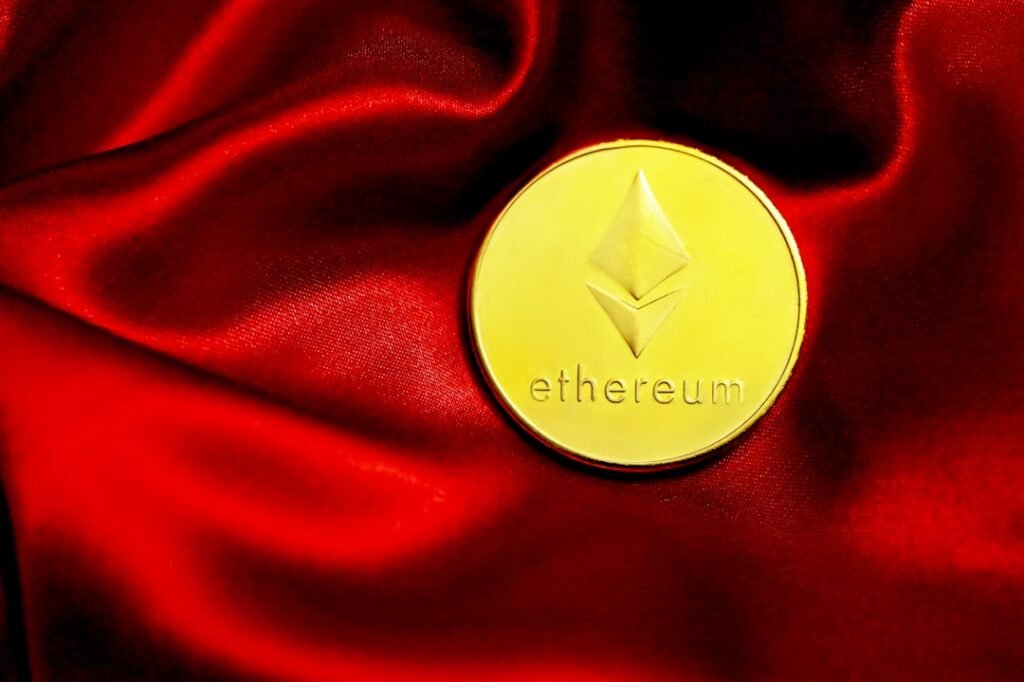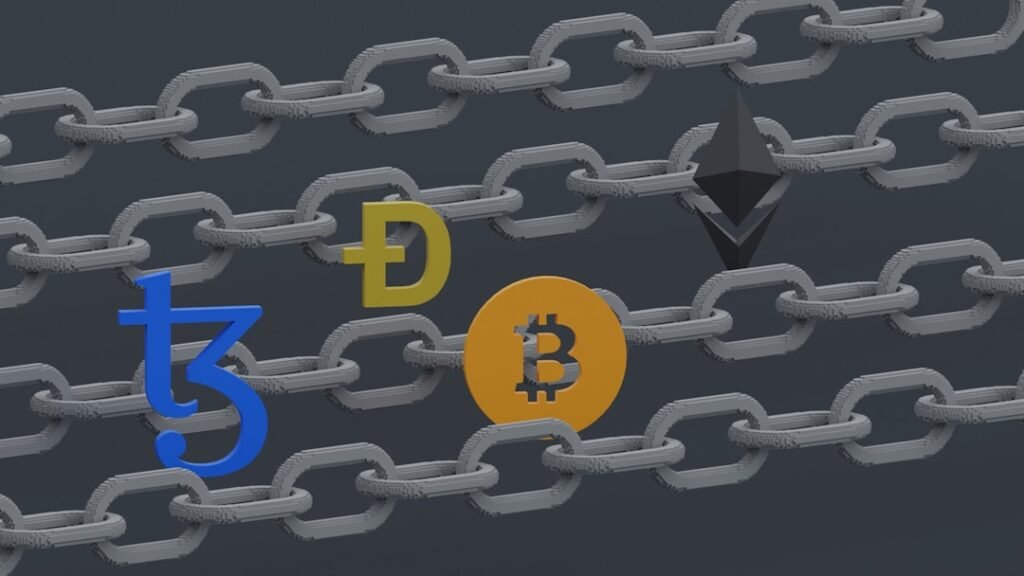Demystifying Blockchain: The Revolutionary Backbone of Our Digital Future
For years, you’ve heard the term "blockchain" tossed around alongside Bitcoin and cryptocurrencies. But what is blockchain technology? Far from a buzzword, it’s a seismic shift in how we record, verify, and trust digital information. This guide strips away the complexity to reveal how blockchain works, why it’s transformative, and where it’s already changing industries.
What is Blockchain?
At its core, blockchain is an immutable digital ledger. Unlike traditional databases controlled by a central authority (like a bank or government), blockchain distributes identical copies of its ledger across a network of computers ("nodes"). Each transaction is recorded in a "block," cryptographically linked to the previous block—forming an unbreakable chain. Key traits include:
- Decentralization: No single entity controls the network.
- 透明度: All participants can view transactions (though identities remain pseudonymous).
- Immutability: Once recorded, data cannot be altered without network consensus.
- 安全性: Tampering requires hacking >50% of the network simultaneously—a near-impossible feat.
Think of it as a Google spreadsheet duplicated across thousands of devices. Everyone can see the data, but no one can corrupt it.
Why Blockchain is Disrupting Industries
Traditional systems rely on intermediaries for trust—banks verify payments, notaries certify documents. Blockchain eliminates these middlemen through automation and cryptography:
- Cost & Speed: Cross-border bank transfers take days and incur fees. Blockchain transactions settle in minutes at near-zero cost.
- 安全性: Digital signatures and hashing (e.g., SHA-256) make fraud nearly impossible.
- Trust: In supply chains, blockchain traces a product’s journey from farm to shelf, exposing counterfeits.
Did You Know? The global blockchain market will explode from $17.57B in 2023 to $470B by 2030—a 2,500% growth surge!
How Blockchain Actually Works: A Step-by-Step Breakdown
- Transaction Initiation: User A sends assets (e.g., cryptocurrency, data) to User B.
- Verification: Nodes validate the transaction using consensus mechanisms like:
- 工作證明 (PoW): Miners solve complex puzzles to add blocks (used by Bitcoin).
- 權益證明 (PoS): Validators "stake" coins as collateral to verify transactions (used by Ethereum 2.0).
- Block Creation: Verified transactions bundle into a block with:
- Previous block’s hash
- Timestamp
- Transaction data
- A "nonce" (random number for security).
- Chaining: The block’s unique hash is generated. If altered, the entire chain invalidates.
- Finality: The transaction is irreversible and visible to all.
Types of Blockchains: Public, Private, and Hybrid
- Public Blockchains (e.g., Bitcoin, Ethereum):
- Open to anyone.
- Fully decentralized.
- Ideal for transparent, trustless applications like cryptocurrencies.
- Private Blockchains (e.g., Hyperledger Fabric):
- Restricted access (e.g., a single company).
- Faster and more efficient but less decentralized.
- Hybrid/Consortium Blockchains:
- Controlled by multiple organizations (e.g., supply chain partners).
- Balances transparency with privacy.
Real-World Applications Beyond Cryptocurrency
- Supply Chains: Walmart uses IBM’s blockchain to trace food contamination in seconds—down from days.
- Healthcare: Securely shares patient records across providers while maintaining privacy.
- Voting: Creates tamper-proof digital ballots, boosting election integrity.
- 不動產: Automates property transfers via smart contracts, slashing paperwork.
- NFTs: Verifies ownership of digital art, collectibles, and virtual real estate.
Advantages vs. Disadvantages
Pros:
- Unhackable Security: No successful Bitcoin blockchain hack since 2008.
- 24/7 Speed: Transactions process in minutes, not business days.
- Cost Efficiency: Removes intermediaries (e.g., banks, lawyers).
- 透明度: Public ledgers deter corruption.
Cons:
- 擴充性: Bitcoin handles ~7 transactions/second vs. Visa’s 24,000.
- Energy Consumption: PoW blockchains (like Bitcoin) use significant electricity.
- Irreversibility: Errors can’t be undone—lost private keys mean lost assets.
Blockchain’s Sustainability Paradox
Despite energy concerns, blockchain aids sustainability:
- 供應鏈透明度: Verifies ethical sourcing (e.g., conflict-free minerals).
- Carbon Credit Trading: Tokenizes credits on transparent ledgers.
- Decentralized Energy Grids: Enables peer-to-peer solar power sales.
The Future: Where Blockchain is Headed
- Web3 & DeFi: Decentralized finance (DeFi) platforms now manage $100B+ in assets without banks.
- 數位身分: Self-sovereign IDs replace passports and driver’s licenses.
- AI Integration: Blockchain verifies training data origins, reducing AI bias.
Job Alert: Blockchain developers earn $150,000–$175,000/year—and 1 million new roles will emerge by 2030!
Debunking Myths
- "Blockchain = Bitcoin": False. Bitcoin is one blockchain application. Blockchain is the underlying tech.
- "Only for Criminals": Blockchain’s transparency makes illicit activities easier to trace than cash.
- "Too Late to Adopt": Less than 0.5% of global organizations use blockchain—the disruption is just beginning.
總結
Blockchain isn’t just a technology; it’s a blueprint for a decentralized future. By replacing intermediaries with cryptographic trust, it’s redefining finance, logistics, governance, and beyond. While challenges like scalability and regulation persist, its potential to democratize systems is undeniable. As industries from healthcare to energy race toward blockchain integration, understanding its mechanics isn’t optional—it’s essential. The question isn’t 如果 blockchain will reshape your sector, but 當.
Final Thought: The 21st century’s most valuable asset isn’t oil or gold—it’s trust. Blockchain is how we engineer it.












